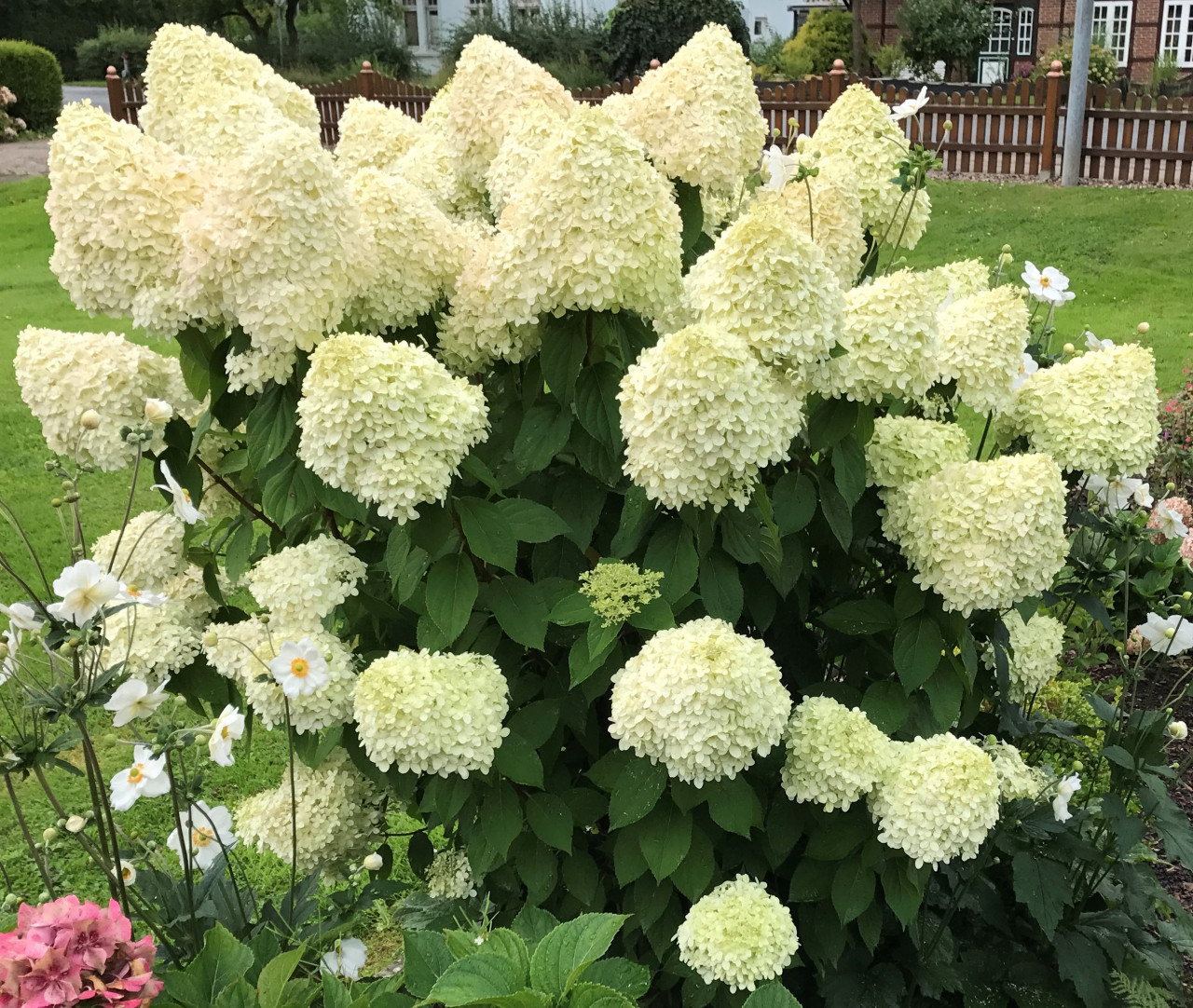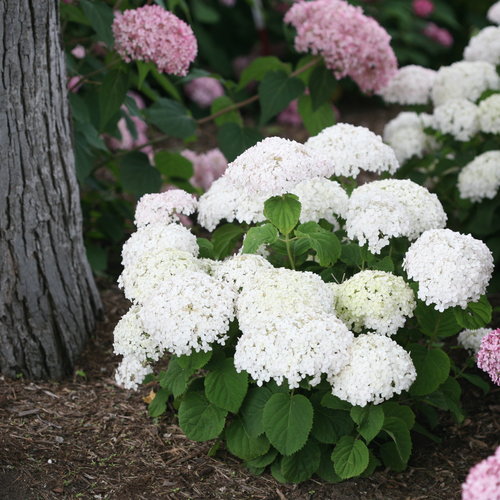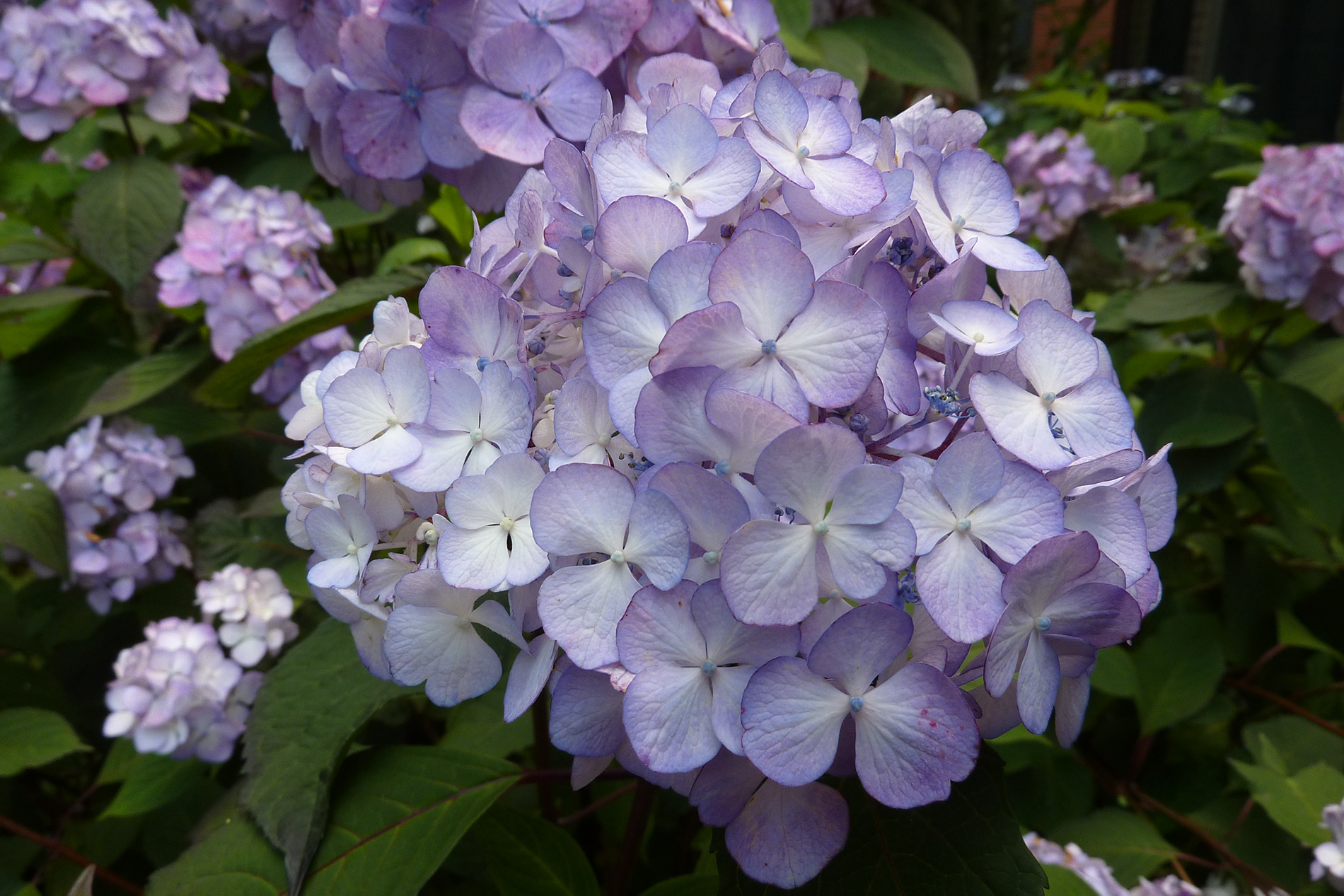Short Hydrangeas: The Perfect Plants For Small Spaces
Short Hydrangeas: The Perfect Plants for Small Spaces
Hydrangeas are some of the most popular flowering shrubs in the world, known for their large, showy blooms. However, not everyone has the space for a full-sized hydrangea. If you're limited on space, don't despair! There are many beautiful short hydrangea varieties that are perfect for small gardens, patios, and containers.
In this blog post, we'll take a look at some of the best short hydrangeas for small spaces. We'll also discuss how to care for these plants so that they can thrive in your garden.
What are short hydrangeas?
Short hydrangeas are simply hydrangeas that grow to a smaller size than the standard varieties. They typically reach heights of 3-6 feet, making them ideal for small gardens and containers. Short hydrangeas come in a variety of shapes and sizes, so you can find one that's perfect for your space.
Some of the most popular short hydrangea varieties include:
- Hydrangea paniculata: These hydrangeas produce large, conical blooms that can be white, pink, or blue. They are hardy in zones 3-9 and are relatively easy to care for.

- Hydrangea arborescens: These hydrangeas produce small, round blooms that are white or pink. They are hardy in zones 3-9 and are known for their long bloom time.

- Hydrangea quercifolia: These hydrangeas have oak-shaped leaves and produce small, mophead blooms that are white or pink. They are hardy in zones 5-9 and are known for their fall foliage color.

- Hydrangea serrata: These hydrangeas have serrated leaves and produce small, lacecap blooms that are white or pink. They are hardy in zones 4-8 and are known for their drought tolerance.

How to care for short hydrangeas
Short hydrangeas are relatively easy to care for. They need full sun to partial shade and well-drained soil. Water them regularly, especially during the hot summer months. Fertilize them once a year in the spring with a balanced fertilizer.
In the fall, you can prune your short hydrangeas to shape them or to remove any dead or damaged branches. You can also deadhead the spent blooms to encourage new growth.
With proper care, your short hydrangeas will thrive for many years to come.
Conclusion
Short hydrangeas are a beautiful and versatile addition to any small space. They come in a variety of shapes and sizes, so you can find one that's perfect for your garden. Short hydrangeas are relatively easy to care for, and with proper care, they will bloom for many years to come.
If you're looking for a beautiful flowering shrub that won't take up too much space, a short hydrangea is a great option. So what are you waiting for? Add a short hydrangea to your garden today!
If you're looking for a hydrangea that won't take up too much space in your garden, then you'll want to check out . This website has a wide variety of short hydrangeas to choose from, including Invincibelle Wee White® Smooth Hydrangea, Little Lime Hydrangea, and Sikes Dwarf Hydrangea. These hydrangeas all grow to be 2-3 feet tall at most, making them perfect for small gardens or containers.
In addition to providing information about different types of short hydrangeas, also offers tips on how to plant, care for, and prune these plants. So whether you're a beginner gardener or a seasoned pro, you're sure to find everything you need to know about short hydrangeas on this website.
FAQ of short hydrangea
- What are short hydrangeas?
Short hydrangeas are a type of hydrangea that typically grows no taller than 3 feet. They are a good choice for small gardens or containers, and they come in a variety of colors, including white, pink, blue, and purple.
- What are the best conditions for growing short hydrangeas?
Short hydrangeas prefer part sun to full shade and well-drained soil. They are relatively drought-tolerant once established, but they will benefit from regular watering during the growing season.
- How do I care for short hydrangeas?
Short hydrangeas are relatively easy to care for. In addition to providing them with the right conditions, you should fertilize them once a year in the spring with a balanced fertilizer. You may also need to prune them occasionally to keep them in shape.
- How do I get my short hydrangeas to bloom?
Short hydrangeas need a period of cold weather in order to bloom. If you live in a warm climate, you may need to bring your plants indoors for the winter or cover them with a burlap sack.
- What are some common problems with short hydrangeas?
The most common problem with short hydrangeas is leaf spot. This fungal disease can cause leaves to turn brown and fall off. To prevent leaf spot, water your plants at the base and avoid splashing water on the leaves. You can also treat leaf spot with a fungicide.
Image of short hydrangea
5 different images of short hydrangeas from Pinterest:
- A white lacecap hydrangea (Hydrangea paniculata 'Annabelle') in full bloom. The plant is about 3 feet tall and has large, fluffy flower clusters.

- A pink mophead hydrangea (Hydrangea macrophylla 'Pink Annabelle') in a pot. The plant is about 2 feet tall and has large, round flower heads.

- A blue hydrangea (Hydrangea macrophylla 'Endless Summer') in a garden. The plant is about 3 feet tall and has large, cone-shaped flower clusters.

- A dwarf hydrangea (Hydrangea arborescens 'Incrediball') in a flower bed. The plant is about 2 feet tall and has large, round flower heads.

- A panicle hydrangea (Hydrangea paniculata 'Limelight') in a garden. The plant is about 4 feet tall and has large, lime green flower clusters.

Post a Comment for "Short Hydrangeas: The Perfect Plants For Small Spaces"